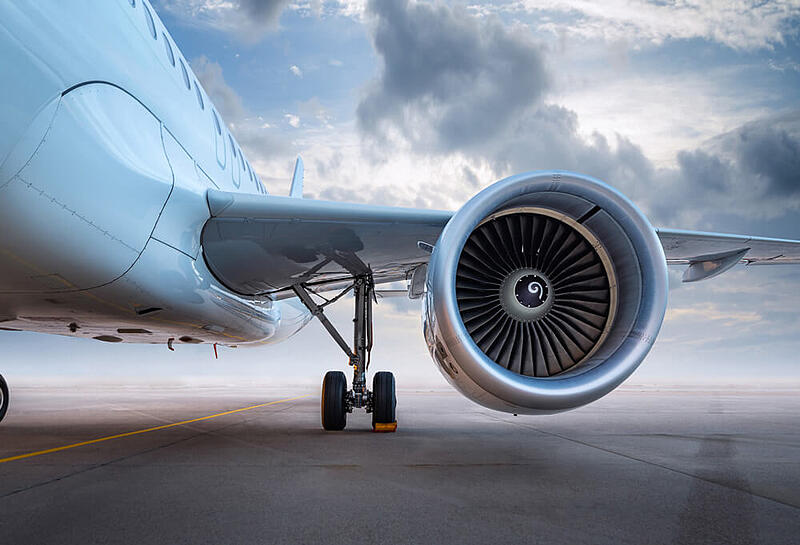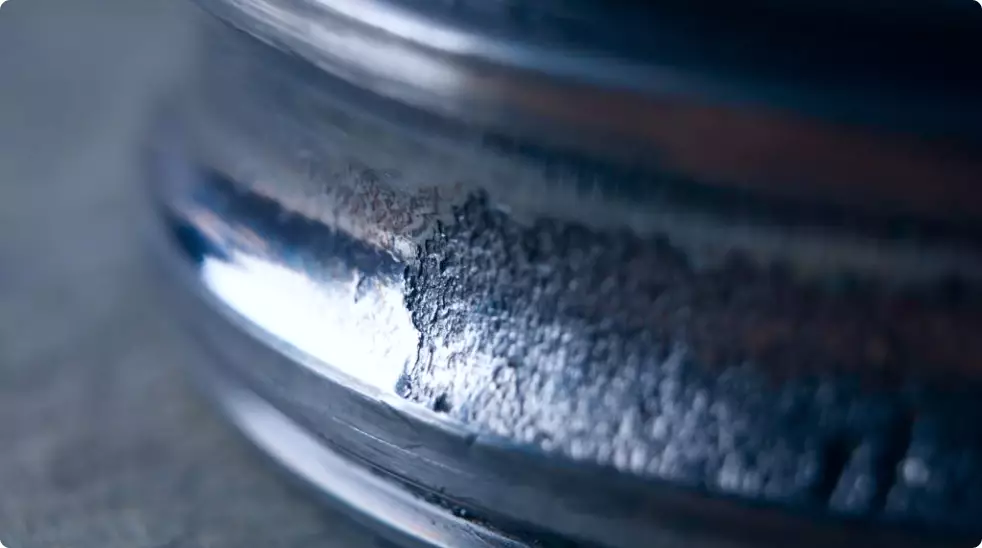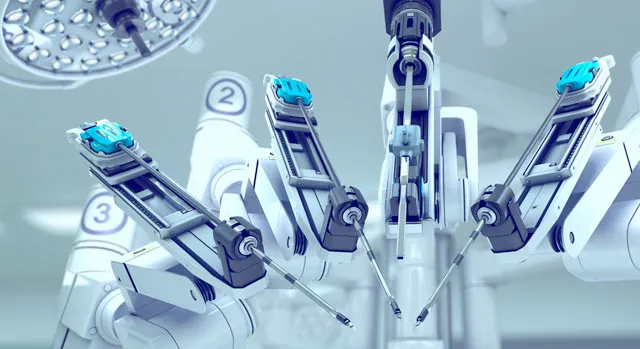
What are Slewing Bearings Used for?
Slewing ring bearings provide optimal economy for specific envelope dimensions and are generally used in significant load carrying heavy duty applications. The gear teeth design provides for applications where precise positioning is critical. Slewing ring bearings are a perfect fit for wind turbines, robotics, aerospace, defense, general heavy equipment and industrial machinery. In this article we will explore the various design types and list applications for each.
Pacific International Bearing Sales Inc. offers slewing ring bearings manufactured by Kaydon, INA , SKF and RBC. In this article I will profile the Kaydon product line due to its comprehensive offering.
Types of slewing ring bearings
- Slewing bearing with four-point contact ball bearing- Optimal economy and capacity for given dimensions, or when replacing existing multi-bearing arrangements
- Slewing bearing with eight-point contact ball bearing- 80% increase in capacity compared to a same-sized single row four-point contact ball bearings
- Slewing bearing with crossed cylindrical roller bearing- High stiffness and constant resistance to rotation
- Slewing bearing with triple row roller bearing- Provides highest capacity for a given diameter
Kaydon is the front runner in slewing ring bearing manufacturing and design and has an extensive product offering.

The Kaydon RK series is a pre-engineered light profile slewing bearing which offers high performance and reduced weight. With its optimized geometry the RK series handles a combination of moment and thrust loads. Applications for Kaydon RK slewing bearings are foundry shakeout tables, palletizers, wire winders, cable reels, welding tables and turntable applications where intermittent rotation and low velocity are present.

The Kaydon HS series pre-engineered, light profile slewing rings feature rectangular cross sections, which provide for alternate hole patterns. The HS design improves stiffness and has the potential for more capacity. Applications for the HS design are cranes, aerial lifts, digger derricks, chute swivels, lift truck rotators, and industrial turntables.
Kaydon HT series slewing bearings are larger versions of the HS series, with increased ball diameter and cross-sectional area providing significantly more capacity. The internal configuration consists of deep groove gothic arch raceways and maximum ball complement, resulting in a four-point contact bearing that provides exceptional moment, thrust, and radial load capacities. As with most manufacturers these can be ordered with no gear, or with an internal or external gear.The Kaydon HT design is ideal for medium to heavy duty applications including cranes, aerial lifts, digger derricks, chute swivels, lift truck rotators, and industrial turntables.

MT series slewing bearings. Kaydon MT slewing bearings provide optimal economy and capacity for its envelope. MT series heavy duty bearings are an economical replacement for kingpost designs and utilize the same four-point contact design concept as our heavier duty slewing bearings Kaydon’s MT design provides exceptional moment, thrust, and radial load capabilities. Kaydon MT slewing ring bearings are used in applications such as truck mounted cranes, hoists, and non-precision industrial tables and positioners.
KH series slewing bearings are heavy duty slewing rings designed to provide precise positioning with consistent repeatability. KH series Kaydon slewing ring bearings are used in applications where rotation is constant, intermittent or oscillating. Applications include advanced rotary index tables or any design where the bearing will interface with other precision mechanical components.

XT series slewing bearings are custom designed with a rectangular cross section, and are available in sizes up to 218 inches OD (5500 mm). Kaydon XT slewing bearings are used in a wide range of applications where other series do not meet size, capacity, or weight requirements. Applications include cranes, aerial lifts, excavators, wind turbines, utility derricks, log loaders and fellers, and feller heads.
DT series slewing bearings series consists of the eight-point ball bearing which provides maximum load capacity for given envelope and bolt circle diameters. Kaydon Dt series provides up to an 80% increased capacity with a single row four-point design. The DT slewing ring bearing has a smaller profile than a three-row roller design and provides exceptional moment, thrust, and radial loads. Applications include heavy duty machinery, large excavators, cranes, mining equipment, wind turbines, and telescopes.

XR series slewing bearings consist of cross rollers providing a high degree of stiffness and low rotational torque. This design is an alternative option to a four-point contact ball bearing not meeting the operating performance requirements for torque and stiffness. Applications requiring extra stiffness with a low torque requirement, include radar, military turrets, machine tools, and excavators.
TR series slewing bearings consist of three-row roller bearings, having the largest capacity for a given diameter. The TR series is the next option to XR or DT series bearings that don’t meet specific stiffness and capacity requirements. Kaydon TR series roller bearings optimize capacity, provide low frictional resistance and minimize deflection. Kaydon TR series are used in heavy duty circumstances needing extra stiffness and capacity. Applications include radar, cranes, excavators, stackers and reclaimers, and heavy mill equipment.

Wind energy slewing bearings – Kaydon is North America’s leading windmill slewing ring bearing company. Kaydon Engineering has many years of experience to support critical pitch, yaw and gearbox applications in systems ranging from 200 kW to 5.0 MW.
Visit Pacific International Bearing Sales to buy Kaydon slewing ring bearings.
Another manufacturer with an extensive slewing ring product line is Schaeffler’s INA brand. INA slewing rings are known worldwide and considered premium products in the field of rolling bearing technology.

Construction of slewing bearings
Slewing bearings are made up of an inner ring and an outer ring, either of which usually incorporates a gear. With attachment holes in both rings, the rings enable an optimized power transmission with a simple and quick connection between adjacent machine components.

Slewing bearings are generally large rolling bearings that accommodate axial, radial and moment loads acting either singly or in combination and in any direction. They can perform both slewing (oscillating) movements as well as rotational movements.
Working Principles of Slewing Bearings
Slewing bearing’s fundamental working principles are based on the interaction of rolling elements, such as balls or cylindrical rollers housed between an inner and outer ring. These elements are responsible for transmitting and distributing loads, including axial, radial, and moment forces, thereby allowing the bearing to support heavy loads with precision.
- Step 1 – Initial Positioning
The process begins with the slewing bearing positioned between the two components that require rotational movement. The inner and outer rings are mounted securely to the respective components.
- Step 2 – Load Application
When an external load is applied to one or both of the components, it generates forces in different directions, including axial, radial, and moment loads. These forces act on the slewing bearing, creating a demand for load-carrying capabilities.
- Step 3 – Rolling Element Interaction
The rolling elements, such as balls or cylindrical rollers, housed within the slewing bearing come into play. These elements are positioned between the inner and outer rings. Their precise arrangement allows for the transmission and distribution of the applied loads.
- Step 4 – Load Distribution
As the external load is transmitted to the slewing bearing, the rolling elements start distributing the load across their contact surfaces and the raceways of the inner and outer rings. The raceways are the specially designed grooves on which the rolling elements move.
- Step 5 – Optimized Raceway Geometry
The raceway geometry of the slewing bearing is engineered to optimize load distribution. This design helps minimize stress concentrations and ensures uniform load-carrying capabilities in multiple directions, contributing to the bearing’s high load capacity.
- Step 6 – Load Resistance
The rolling elements, in combination with the raceway design, resist the applied loads effectively. This load resistance is essential to prevent deformation and failure of the bearing under heavy loads, making it suitable for applications requiring robust motion control and stability.
- Step 7 – Smooth Rotation
As the load is distributed and resisted, the slewing bearing allows for smooth rotation between the two components. The rolling elements facilitate low-friction movement, minimizing energy losses and reducing wear during rotation.
- Step 8 – Precise Motion Control
The precise arrangement of rolling elements and optimized raceway geometry contribute to accurate motion control during rotation. This level of precision is crucial, especially in applications like robotics and aerospace, where precise movements are necessary for the system’s optimal performance.
- Step 9 – Load Redistribution
During rotation, the external load may change in magnitude or direction. The slewing bearing continuously redistributes these loads across its rolling elements and raceways to maintain stability and smooth operation.
- Step 10 – Longevity and Reliability
The combination of advanced materials, engineering, and rigorous testing ensures the longevity and reliability of slewing bearings. These bearings are designed to withstand continuous operation under varying loads and environmental conditions.
- Step 11 – Diverse Applications
Due to their exceptional load-carrying capabilities, smooth rotation, and precise motion control, slewing bearings find diverse applications in heavy machinery, aerospace, renewable energy, marine, and robotics. Their versatility and reliability have made them indispensable components in modern engineering practices.
Further Slewing bearings Applications
Slewing bearings are used in diverse and critical applications across various industries, driven by their unique ability to facilitate smooth rotational movement and support heavy loads.
Heavy Machinery
In the heavy machinery industry, slewing bearings are indispensable components in equipment such as cranes, excavators, and earthmovers. Their ability to handle heavy loads and enable 360-degree rotation is crucial for efficient and safe operations.
- Tower Cranes: Slewing bearings support the rotating jib and counter-jib of tower cranes, allowing them to lift and move heavy loads with precision over a wide range of positions.
- Excavators: In excavators, slewing bearings are integrated into the slew ring mechanism, enabling the excavator arm to pivot smoothly for digging and material handling tasks.
- Earthmovers: Bulldozers and other earthmoving equipment utilize slewing bearings to control the movement of the blade or bucket, optimizing the efficiency of earthmoving operations.
Aerospace and Defense Industry
- The aerospace and defense industries rely on slewing bearings for various critical applications, where precision, reliability, and durability are paramount.
- Radar Systems: Slewing bearings facilitate precise movement and positioning of radar antennas, essential for accurate tracking and detection of objects.
- Missile Launchers: In missile launch systems, slewing bearings play a key role in guiding and directing missiles during launch operations.
- Satellite Tracking Systems: Slewing bearings are used in satellite tracking antennas to ensure they can accurately align and track orbiting satellites, maintaining constant communication and data transmission.
Renewable Energy Sector
The renewable energy sector harnesses the capabilities of slewing bearings to improve the efficiency and performance of solar tracking systems and wind turbines.
- Solar Tracking Systems: Slewing bearings enable solar panels to track the sun’s position throughout the day, maximizing energy absorption and significantly enhancing solar system efficiency.
- Wind Turbines: In wind turbines, slewing bearings support the nacelle and rotor, allowing the turbine to face the wind and optimize energy generation as wind direction changes.
Marine and Offshore Applications
- In the marine and offshore industries, slewing bearings play vital roles in equipment and systems operating in harsh and challenging environments.
- Ship Steering Mechanisms: Slewing bearings are essential components in ship steering systems, enabling the rudder to pivot and control the vessel’s direction accurately.
- Offshore Cranes: Offshore cranes used on oil rigs and ships rely on slewing bearings to support their rotation, enabling efficient loading and unloading operations.
Robotics and Automation
- In robotics and automation, slewing bearings provide precise motion control, enhancing the performance of various industrial and robotic applications.
- Industrial Robots: Slewing bearings are crucial in industrial robot arms, allowing them to achieve accurate and repeatable movements in manufacturing and assembly processes.
- Automated Material Handling: Conveyor belts and robotic arms in automated material handling systems use slewing bearings to ensure smooth and efficient material flow in warehouses and logistics centers.
Conclusion
The advantages of slewing bearings lie in their ability to support substantial axial, radial, and moment loads, while simultaneously facilitating smooth and precise rotation. Their compact design and high load-carrying capacity make them an ideal choice for equipment that requires both durability and flexibility.
One of the critical factors contributing to the success of slewing bearings is the continuous development and advancements in their design and manufacturing processes. Innovations in materials, lubrication techniques, sealing mechanisms, and raceway profiles have led to enhanced performance, reliability, and longevity of these bearings.
Moreover, slewing bearings have played a pivotal role in driving progress in various industries. In the renewable energy sector, slewing bearings have enabled the efficient tracking of solar panels and wind turbines, harnessing more clean energy and contributing to sustainable development.
In construction, these bearings have facilitated the seamless movement of cranes and excavators, improving productivity and safety on construction sites. Additionally, in the aerospace and defense sectors, slewing bearings have been instrumental in the smooth movement of critical components, ensuring the precision and stability of complex systems.
Contact PIB Sales today to explore the possibilities of slewing bearings in enhancing efficiency and innovation in engineering applications.
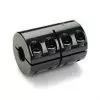
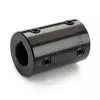
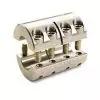
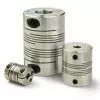
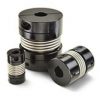
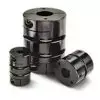
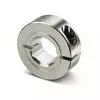
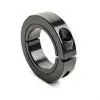
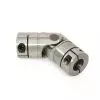
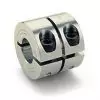 Short Rigid Couplings
Short Rigid Couplings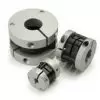 Controlflex Couplings
Controlflex Couplings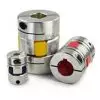 Jaw Couplings
Jaw Couplings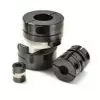 Oldham Couplings
Oldham Couplings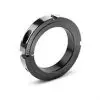 Bearing Locknuts – TCN
Bearing Locknuts – TCN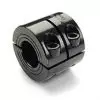 Double Wide Shaft Collars
Double Wide Shaft Collars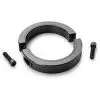 Heavy Duty Shaft Collars
Heavy Duty Shaft Collars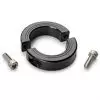 International Series Shaft Collars
International Series Shaft Collars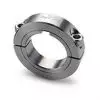 Keyed Shaft Collars
Keyed Shaft Collars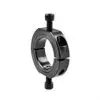 Mountable Shaft Collars
Mountable Shaft Collars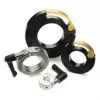 Quick Clamping Shaft Collars
Quick Clamping Shaft Collars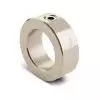 Set Screw Shaft Collars
Set Screw Shaft Collars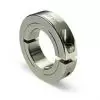 Thin Line Shaft Collars
Thin Line Shaft Collars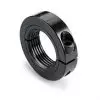 Threaded Shaft Collars – Pacific International Bearing Products
Threaded Shaft Collars – Pacific International Bearing Products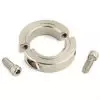 Two-Piece Shaft Collars
Two-Piece Shaft Collars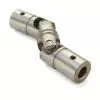 Friction Bearing Universal Joints
Friction Bearing Universal Joints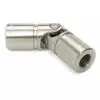 Needle Bearing Universal Joints
Needle Bearing Universal Joints